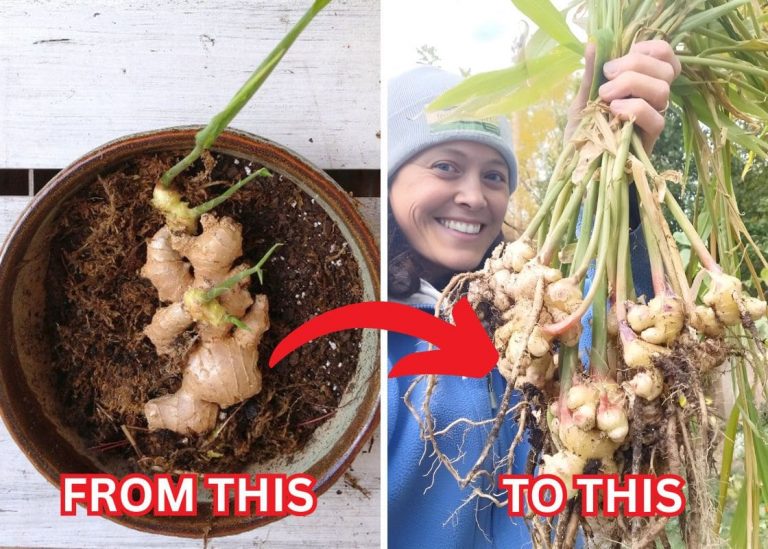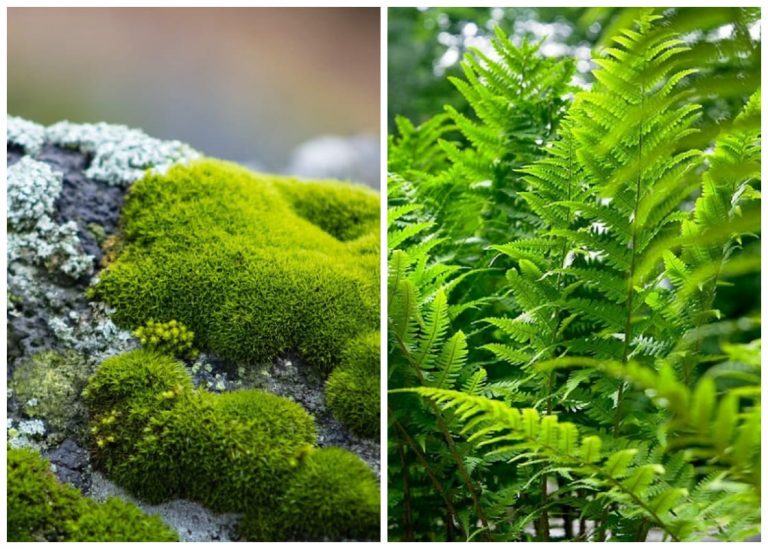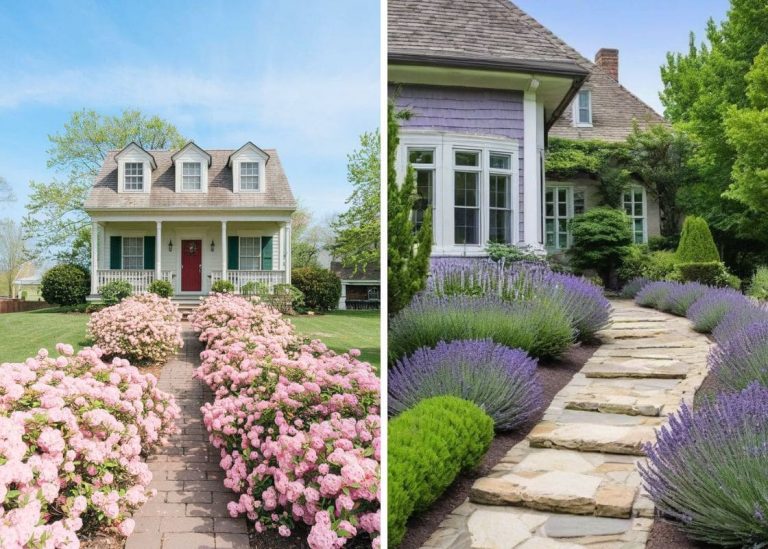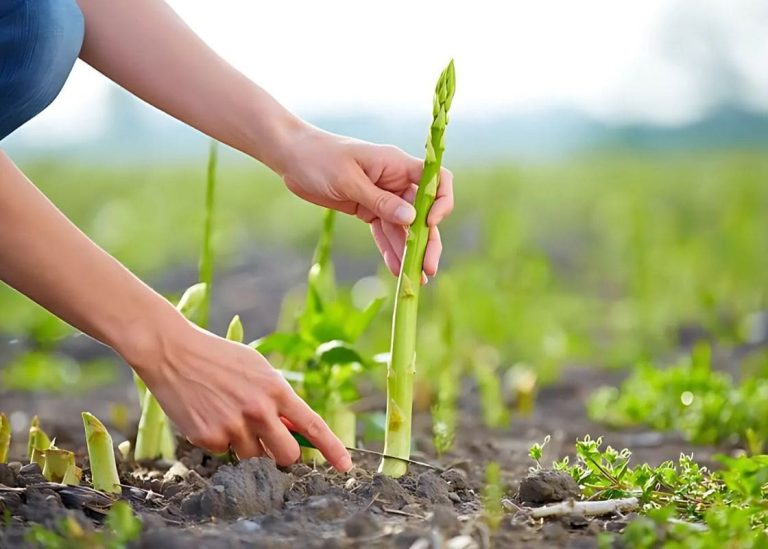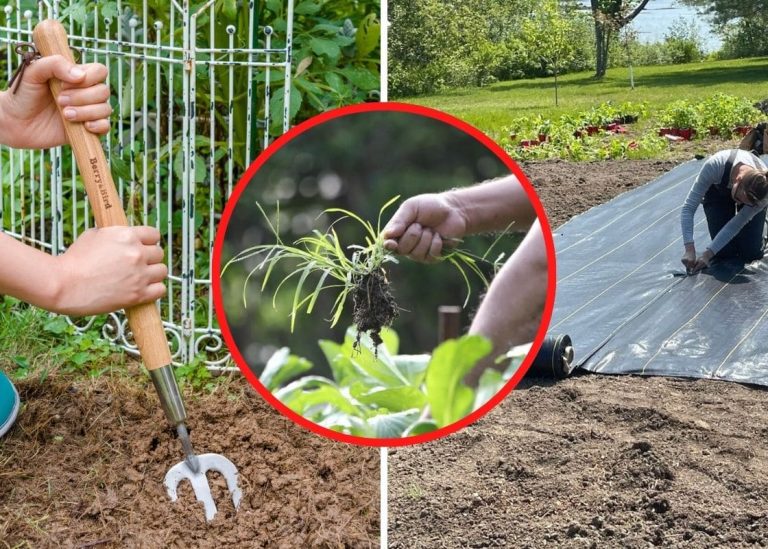Beating the Summer Heat: My Favorite Tricks to Keep the Garden Glowing
It was a July morning, the kind that wraps its warmth around you before the sun even fully wakes. I stepped outside, coffee in one hand, gardening gloves in the other, ready to greet my plants with my usual cheer. But that morning? My garden looked tired. My lettuce had bolted overnight, reaching skyward in a final, bitter goodbye. The once-hopeful blossoms on my tomatoes had dropped like disappointed promises. Even the zucchini vines—normally my summer show-offs—were drooping in surrender, their leaves spotted with mildew and heat stress.
That was the moment it truly hit me: summer gardening is not just about survival. It’s about adapting. Listening. Adjusting. Responding to the heat, the sun, and the shifts in nature that spring never prepares you for.
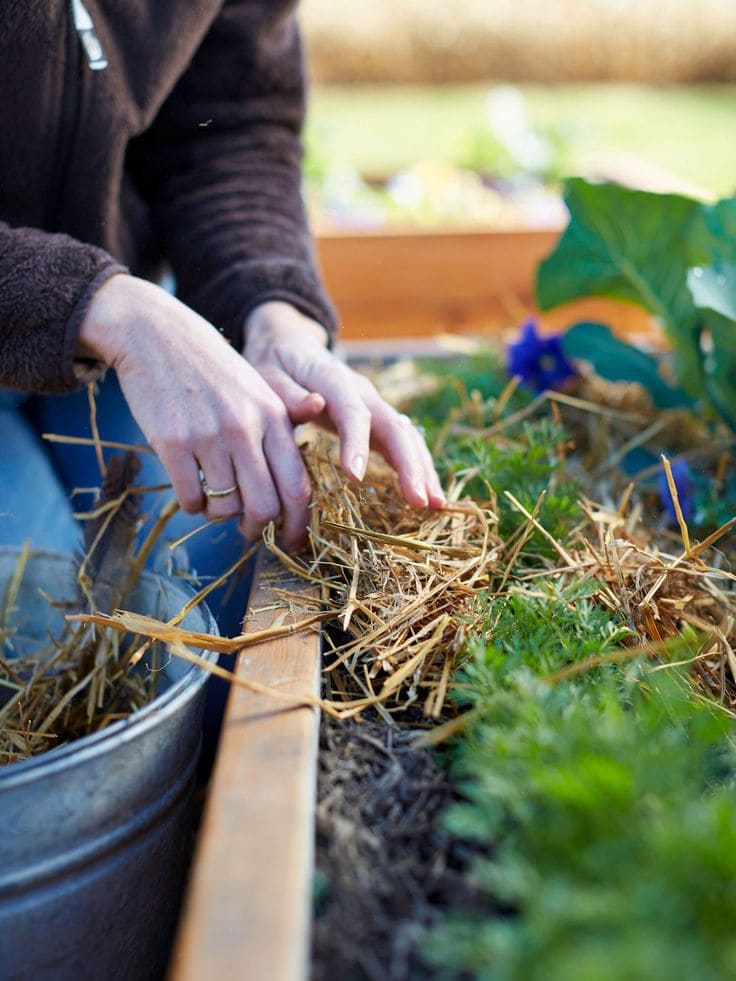
I’ve made so many mistakes over the years—watering too late, planting too soon, pushing myself harder than I needed to. But I’ve also learned the small things that bring big comfort to a heat-struck garden. If you’ve ever watched your flowers fade too fast or your vegetables throw in the towel, I hope what I’ve learned will help you nurture your garden—and yourself—through summer’s fiercest days.
Watering Wisely: Learning to Read the Garden’s Thirst
I used to water whenever I had time—sometimes in the heat of the day, sometimes after sunset when the air cooled and the fireflies danced. But once, I watered at night after a scorching day, thinking I was helping. The next morning, half my squash plants were covered in a white, powdery mildew. That’s when I started paying closer attention.
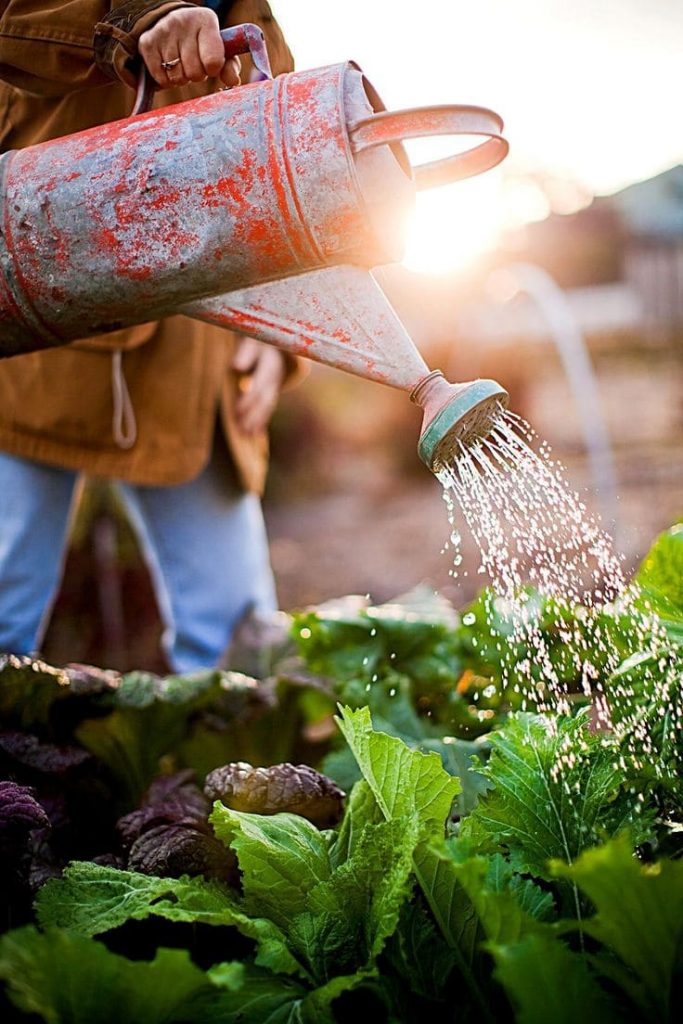
What works for me now is simple:
-
Water early in the morning when the air is cool and the sun hasn’t started stealing the moisture away.
-
Aim for the base of the plant, not the leaves. A slow, steady soak gets the roots to reach deeper, building resilience.
-
Use mulch—and lots of it. I pile straw or shredded leaves around my beds to hold moisture and keep the soil from baking into a crusty shell.
There’s a quiet beauty in morning watering—the smell of damp earth, the soft rustling of sleepy leaves, and that gentle hush before the heat comes.
Shade for the Sensitive: A Bit of Shelter Goes a Long Way
Some plants are just too delicate to face the afternoon blaze. Lettuce wilts, spinach bolts, and my cherry tomatoes get sunscald if I’m not careful.

I’ve started making my own makeshift shade tents:
-
30–50% shade cloth works wonders. I prop it up with bamboo poles or scrap wood.
-
If I’m short on materials, I use old bedsheets or burlap for a quick fix.
-
And sometimes, I let taller plants like sunflowers or corn cast shadows on leafy greens. Nature can be its own umbrella.
One year, I grew nasturtiums beneath a trellis of beans. It wasn’t planned, but the cascading vines gave them enough cover to keep blooming well into August. That happy accident taught me that smart planting is sometimes better than fancy gear.
Soil That Can Breathe and Hold: The Summer Secret Beneath Our Feet
When the soil is cracked and dry, everything above it suffers. I used to ignore this—focusing on the plants while neglecting the life below. But I’ve learned that summer gardening starts with healthy, hydrated soil.

Here’s how I care for mine:
-
Mix in compost before summer hits—it improves water retention and feeds the soil.
-
I add worm castings or aged manure around heavy feeders like corn or squash.
-
A thick layer of mulch protects the microbial life from the sun, keeping the soil alive and loose.
It feels like tucking the garden in with a soft blanket. You don’t see the benefits right away, but the plants know. Their leaves stay perkier, their colors richer, and they don’t panic when the heat turns up.
Feeding the Right Way: A Gentle Touch Goes Further
I once made the mistake of loading up my tomatoes with nitrogen fertilizer during a heatwave, hoping it would help them bounce back. The result? Bushy plants, barely a flower in sight. They were too busy growing leaves to think about fruit.
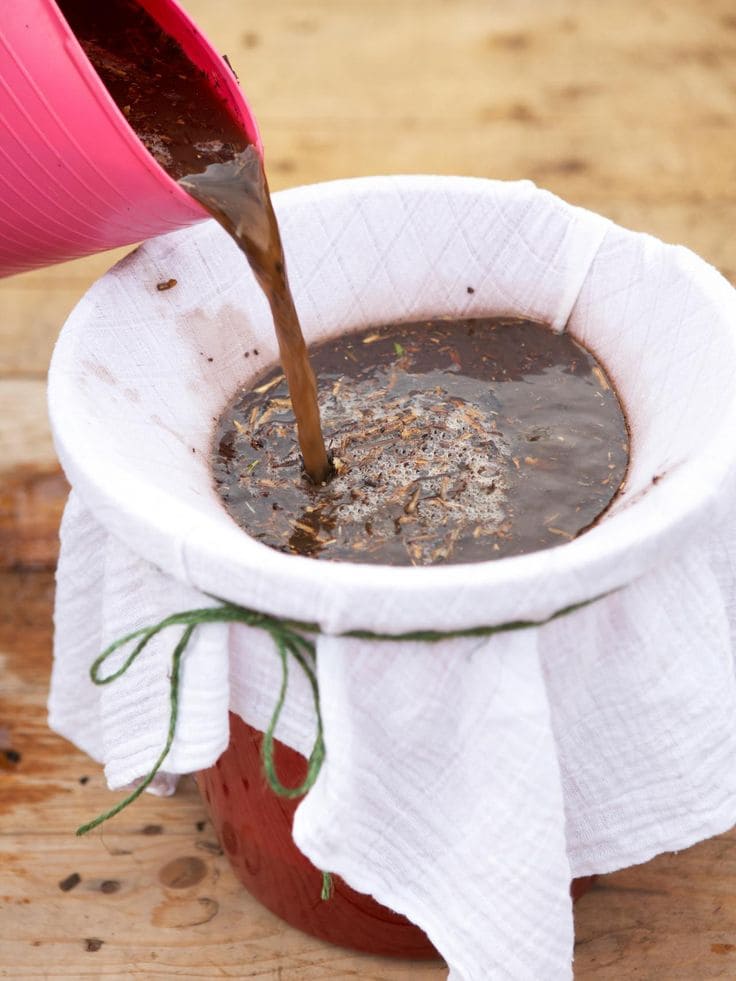
Now, I take a softer approach:
-
I use compost tea or diluted liquid fertilizer once every few weeks.
-
Slow-release amendments like bone meal or fish emulsion provide consistent nourishment without shocking the plant.
The summer heat stresses plants enough. I’ve found that gentle feeding is like a whisper of encouragement—enough to help them thrive, but never overwhelm.
Choosing Crops That Welcome the Heat
I used to fight to keep lettuce from bolting and cucumbers from wilting in July. These days, I’ve learned to lean into what loves the heat.
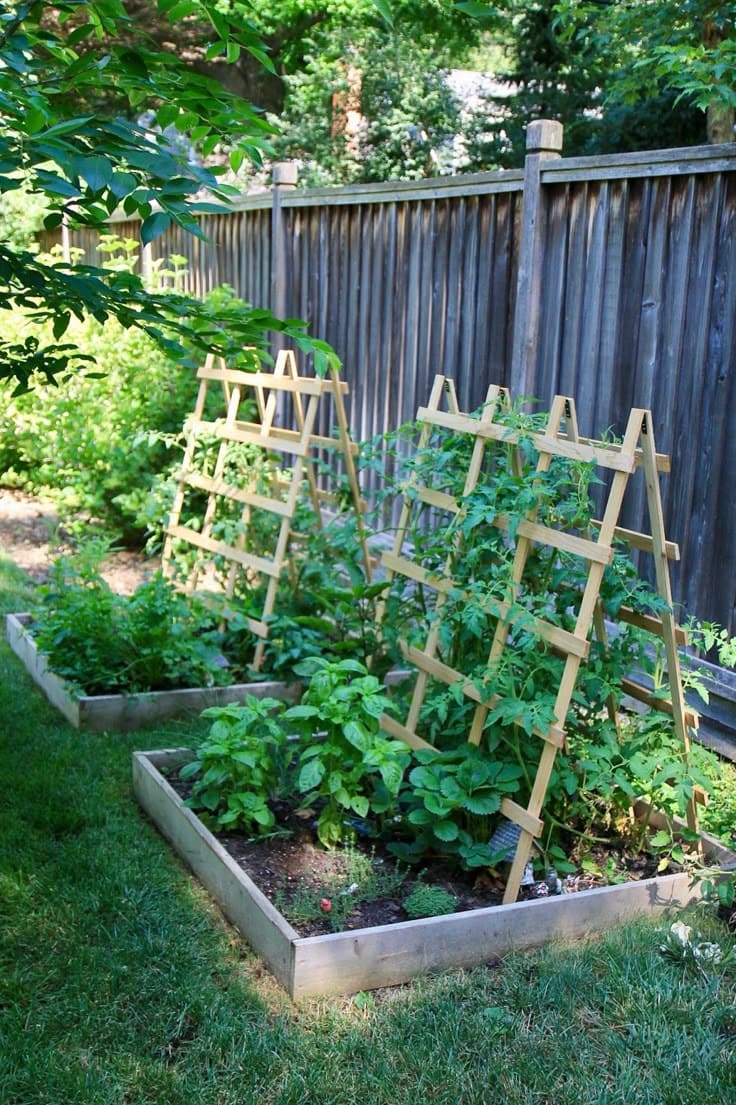
Here are my summer favorites:
-
Okra, sweet potatoes, and eggplant—they bask in the heat and ask for more.
-
Cherry tomatoes are less fussy and fruit more consistently than large heirlooms.
-
For greens, I plant Malabar spinach and Swiss chard—they hold their shape even under intense sun.
Planting what thrives in your climate is like working with a friend instead of battling an enemy. Everything feels easier.
Pests on Parade: Staying One Step Ahead
Summer pests don’t just arrive—they invade. I’ve lost entire squash crops to squash bugs that appeared seemingly overnight. What saved me? Walking the garden daily, like a slow-moving detective.
My go-to practices:
-
Daily checks under leaves and around stems.
-
Neem oil spray or insecticidal soap when pests first show up.
-
Handpicking for big bugs—yes, it’s tedious, but sometimes, nothing works better.
-
And most importantly: flowers for beneficial bugs. I plant marigolds, alyssum, and cosmos to invite ladybugs and lacewings into the party. They handle aphids better than I ever could.
Gardening with nature, not against it, brings a kind of peace. A buzzing, blooming, balanced peace.
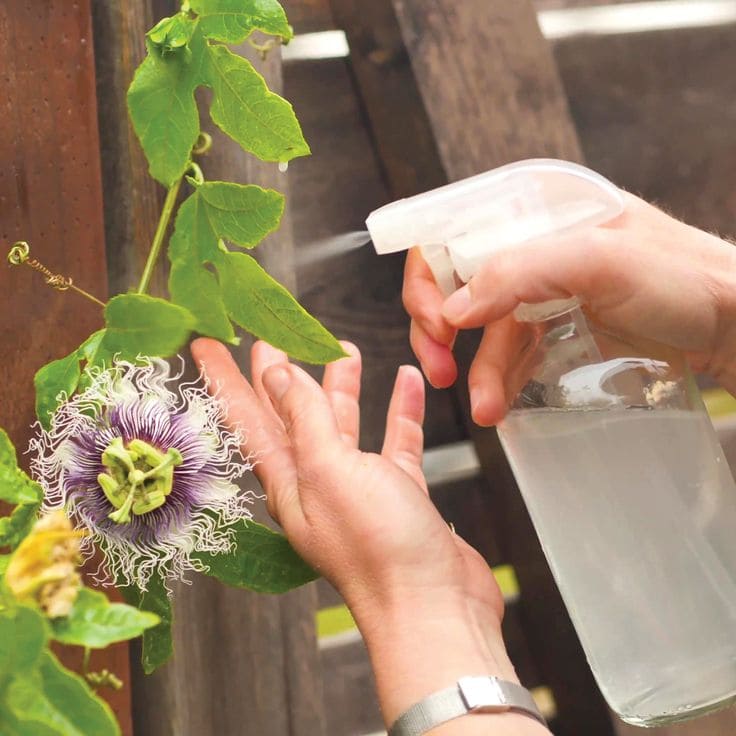
Don’t Forget to Care for Yourself
I can’t count the number of times I’ve lost track of time in the garden, only to find myself dizzy and drenched by noon. One particularly hot day, I fainted beside the compost bin—my own body reminding me what I’d forgotten: I’m part of this garden too.
Now I protect myself the same way I do my plants:
-
Garden early or late when the sun is low and kind.
-
Wear a wide-brimmed hat, drink cold water, and rest in the shade.
-
I keep a damp cloth around my neck on the hottest days—it’s a small thing, but it works wonders.
There’s no harvest worth burning out for. A thriving garden needs a thriving gardener.
Final Thoughts: Garden With Grace, Not Grit
Summer isn’t the enemy—it’s just another season that asks more of us. It asks us to slow down, to pay attention, to care in deeper ways. To notice how morning light touches tomato leaves, how mulch smells after a good soak, how a bee lingers on a sunflower before moving on.
Your garden doesn’t need perfection. It needs presence. Gentle hands. Thoughtful eyes. A heart willing to listen.
So take a deep breath. Pour yourself something cold. Step into the garden before the heat rises, and remember: this is not a race—it’s a relationship.

